df
Date Col1 Col2 Col3
2016-11-1 12 13 14
2016-10-1 2 3 1
2016-03-01 2 1 1
and so on
Code to decompose time series to get seasonality, trends, observed and residual values:
from statsmodels.tsa.seasonal import seasonal_decompose
from matplotlib import dates as mdates
years = mdates.YearLocator() # only print label for the years
months = mdates.MonthLocator() # mark months as ticks
years_fmt = mdates.DateFormatter('%Y')
fmt = mdates.DateFormatter('%b')
df = df.set_index('Date')
s_dec_multiplicative = seasonal_decompose(df['Col1'], model = "multiplicative")
s_dec_multiplicative.plot()
s_dec_multiplicative.xaxis.set_major_locator(years)
s_dec_multiplicative.xaxis.set_minor_locator(months)
s_dec_multiplicative.xaxis.set_major_formatter(years_fmt)
s_dec_multiplicative.xaxis.set_minor_formatter(fmt)
plt.show()
Problem: I want tickers for JAN,FEB, MAR etc like that for all months. Years should be mentioned like 2016, 2017 and so on and months should be in between with small ticks.
ERROR:
---> 12 s_dec_multiplicative.xaxis.set_major_locator(years)
AttributeError: 'DecomposeResult' object has no attribute 'xaxis'

